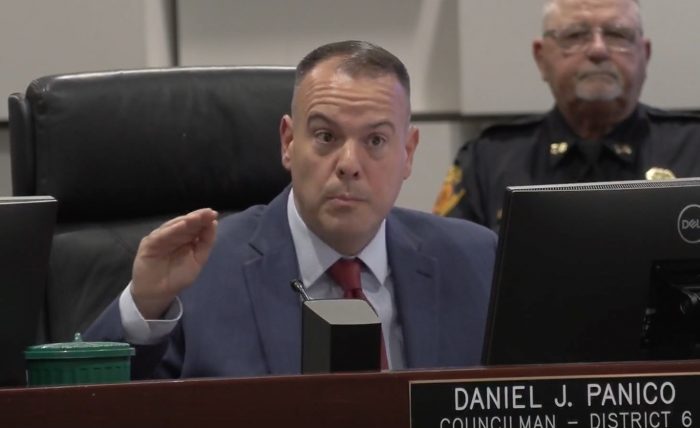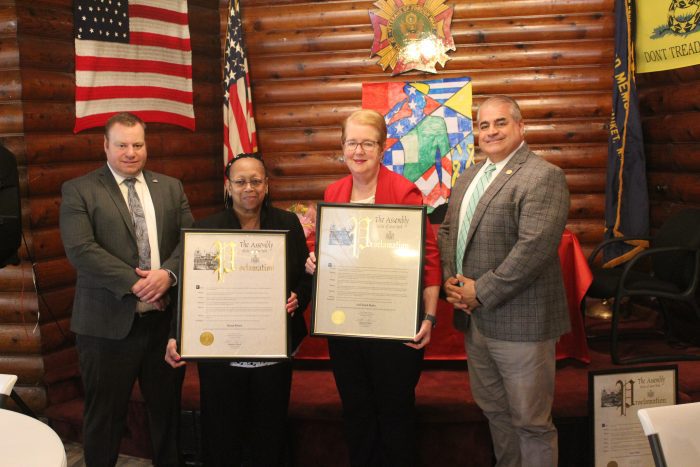By Leah S. Dunaief

Let’s take a look at how the stock market is doing these days and what we should be doing with it. On the whole, this has been a good year for stocks. Through the end of October of this year, the total return for Standard & Poor’s 500 stock index is 10.7 percent. While recent high interest rates paid by banks, money markets and treasury bonds have sucked some money away from equities, we might be further encouraged to get out of the stock market. Every time the Federal Reserve has raised rates with the intention of cooling down inflation, savers with cash have benefitted. Even short term treasuries are currently offering north of five percent return.
Don’t do it, according to Jeff Sommer, who writes, “Strategies,” for the New York Times Sunday Business. Here is why.
A new study gives further evidence that buying and holding is the surest way to profit on the stock market. Wei Dai and Audrey Dong of the asset management fund Dimensional Fund Advisors did the following research. They came up with 720 market-timing strategies, applied over different time periods and conducted on a variety of stock markets. Except in one anomalous instance, the “passive investing” strategy, meaning we buy-and-hold while minimizing costs to get as much market return as possible, is the best course to follow. We can do this through traditional mutual index funds or exchange-traded funds (ETFs that are like mutual funds but trade like stocks). Or we can make up our own mutual fund with a combination of diversified individual stocks. The idea is to just ride the ups and downs of the market. But in doing that, we have to accept losses some years for overall gains in the long run.
For example, in 1982, the Dow Jones Industrial Average, which simply put is where the price of a select 30 U.S. stocks are added together, hovered around 1000. Today, that number is 35,475. Over a period of 40 years, the Dow snapshot of the market increased 35 times. But that also means there were years when the Dow declined. If we needed to sell then, at a low point, in order to secure some cash, we might have had to take a substantial loss depending on when we had bought into the market.
“People are always trying to figure out ways of beating the market,” said Ms Dai, meaning selling high, then buying low. “But moving in and out of stocks isn’t a good way to do it,” she added. While we may be able to see a low, it is very difficult to foresee when to get back in at the beginning of a rise. And most of the big money is made during the early stages of a rise, when the market takes off and we are left to run after it.
Can individual stock picking be a winning strategy? That is, at best, extremely rare. Those who remember him highly regarded Peter Lynch, who managed the Magellan Fund for Fidelity (1977-1990) and who seemed to sense potential winners consistently over the years. His fund became so successful, it would alone move the markets.
“Most active fund managers can’t beat the market year after year,” according to NYT columnist, Sommers. And so his advice, along with the research from Dimensional’s latest study, tells us to just be average and float on the overall market through index funds.
Of course, if you want to add a little spice to your life, as I sometimes get the urge to do, you can do the following. You can follow the advice offered above for the bulk of your equity investments but keep a small percentage, just five to ten percent for stock picking. That way, if you succeed on ferreting out winners, you can beat the market a bit. You can bask in the shadow of Peter Lynch. But if you lose, the result isn’t too bad.
















